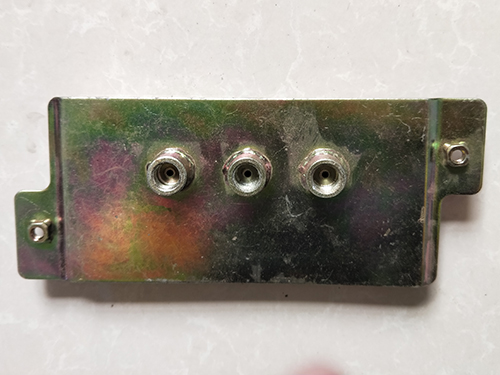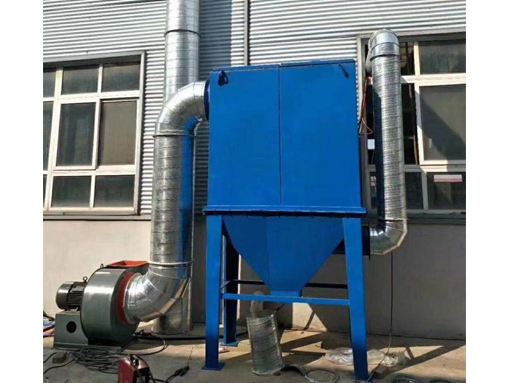Application of new stamping technology and technology to improve material utiliz
{1} The application of stamping parts in the automotive industry is a major consumer of steel. With the continuous rise in raw material prices and the continuous decrease in car prices, the profit margin of the industry is greatly affected. Saving resources, improving costs, and reducing costs are the necessary paths for enterprises. In the production of raw materials, steel accounts for 60% to 70% of the total consumption, and only a part of the steel consumed in the production process is directly transferred to stamping parts, forming metal stamping parts; The entity, the rest becomes waste. Therefore, improving the utilization rate of steel through various process improvements is a way for enterprises to reduce costs. 1. The application of laser welding can not only significantly reduce the number of fixtures, improve production efficiency and assembly quality, but also greatly improve material utilization by adopting laser welding. At present, the company's TWB technology has been widely applied to vehicle models, and domestic mold technology is becoming increasingly mature. It is recommended to adopt laser welding as the data structure for future projects to reduce the number of mold sets and improve material utilization. 2. The application of waste free uncoiling stamping parts varies in shape, and material utilization can be improved by adjusting the shape of the raw material. At present, the unwinding equipment has a swing shear function, which can achieve a trapezoidal structure through the equipment. The utilization of waste free unwinding methods can greatly improve material utilization. The overall length of the mold can be saved by 450mm, the total weight of the mold is about 6t, and the cost can be saved by about 250000 yuan. The material utilization rate before the change was 30.2%, and after the change, the material utilization rate was 40.20%. Calculated with a dimension of 200000, the saved sheet metal cost is about 1.156 million. {2} The process technology route for improving the utilization rate of stamping materials in the automotive industry is highly competitive. While achieving manufacturing technology, the manufacturing cost of automobiles is another very important factor in the competition of the automotive market. For sedans, stamping parts are an important component of the entire vehicle, accounting for 10% to 20% of the vehicle cost and 30% to 50% of the vehicle weight. Therefore, improving the material utilization rate of automotive body stamping parts, reducing material consumption, and achieving green manufacturing are of great significance for reducing vehicle costs. According to the current situation of the automotive industry, when the utilization rate of automotive body in white materials reaches 55%, the difficulty of further improving material utilization will increase significantly. Therefore, by analyzing automotive stamping parts; Process technology, and technical analysis from body design to body manufacturing. Based on the performance of the entire vehicle product, by improving the utilization rate of body materials, the cost of the entire vehicle body can be reduced and the market competitiveness of automotive products can be enhanced; By improving material utilization, reducing material consumption, and achieving green manufacturing of automobiles. The improvement of material utilization rate needs to be carried out through the following six process technology routes. (1) Shape optimization methods: ① Optimize the shape into blocks; ② Reduce parts; ③ Avoid parts being too flattened. (2) Structural optimization methods: ① Reasonably divide parts to avoid local protrusions; ② Reduce parts; ③ Avoid part numbering excessively. (3) Material optimization method: Standardization of material specifications. (4) Process optimization methods: ① Replacing deep drawing with open part structure forming; ② Reduce the amount of process supplementation; ③ Mold precision cutting replaces conventional precision cutting; ④ Optimize the layout plan; ⑤ Optimize the parting line; ⑥ Technological innovation to improve material utilization efficiency. (5) Waste recycling production method: Waste recycling production. (6) Production method of nesting materials: nesting small parts production.







